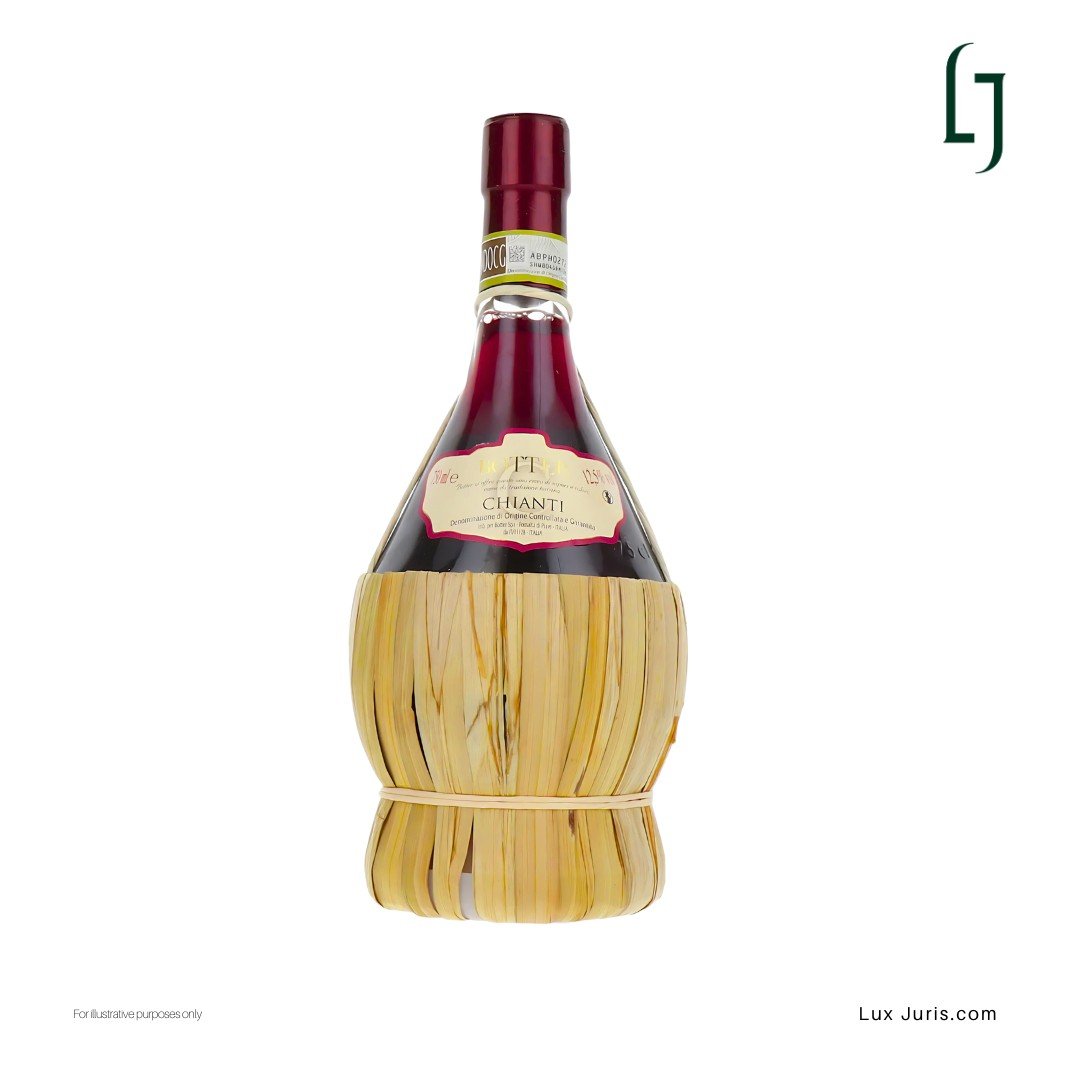On April 16, 2025, a significant ruling was issued by the Second Board of Appeal, concerning a dispute between the Consorzio Vino Chianti and the Consorzio Vino Chianti Classico. This case is notable not only for its implications within the wine industry but also for the broader context of trademark law as it pertains to geographical indications and brand protection. The decision provides insight into the complex dynamics at play in the protection of well-established trademarks and the rights associated with them.
Background of the Brand
The Chianti brand has a storied history that dates back to the 13th century in the Tuscany region of Italy, known for its rolling hills, agricultural traditions and culinary richness. The term “Chianti” originally referred to a specific type of wine produced in this area, characterised by its rich flavors and distinctive character, often made primarily from the Sangiovese grape. Over the centuries, Chianti evolved into not just a wine but a symbol of Italian heritage and culture, gaining international recognition.
The establishment of the Consorzio Vino Chianti in 1924 further solidified the region’s commitment to quality and authenticity, advocating for wine producers and protecting the integrity of the Chianti brand. As a key player, the Consorzio played an essential role in ensuring that the wines produced under the Chianti name adhered to rigorous standards, which ultimately led to the designation of geographical indications (GIs) that safeguard the brand’s value in an increasingly competitive global market. This rich backdrop underscores the significance of the trademark dispute, rooted in the need to protect a legacy that has become synonymous with quality wine.
Procedural Background
The Consorzio Vino Chianti filed an application for a figurative mark on June 30, 2017, seeking registration for a wide array of products ranging from wines and alcoholic beverages to cosmetic items and kitchenware. This application was notably published by the Office on September 1, 2017. In response to the application, the Consorzio Vino Chianti Classico filed an opposition on November 28, 2017, citing a potential risk of confusion due to its existing trademarks, which are recognized for their notoriety within the relevant market. The opposition encompassed Article 8 of the EUTMR, which addresses the likelihood of confusion and the protection of earlier trademarks.

Reputation and Prior Rights of the Opponent
The opposition was underpinned by the claimant’s assertions regarding the established reputation of the term “Chianti Classico”, as evidenced by various registered trademarks and international rights held by the opponent. These included the collective Italian trademark registration for “CHIANTI CLASSICO”, enacted on May 9, 2005, and various international registrations that secured protection in multiple European jurisdictions. The opponent’s claim to notoriety for the “CHIANTI CLASSICO” mark was posited as a significant factor influencing the likelihood of consumer confusion between the contested trademark and the earlier brand, focusing primarily on Class 33 products relating to alcoholic beverages.
Recent Developments
In a significant development, on April 9, 2025, the applicant withdrew their trademark application, subsequently prompting the parties to request that the office refrain from rendering a decision regarding costs as part of their withdrawal agreement. This act of withdrawal effectively concluded the opposition and appeal processes, thereby nullifying the previous decision issued on June 11, 2021, which had denied the trademark application for all contested products and services.
Conclusion of Proceedings
With the withdrawal of the application, the Second Board of Appeal officially recognized the cessation of the opposition and appeal proceedings. In accordance with Article 109, paragraph 6 of the EUTMR, the Commission recorded the parties’ agreement regarding the allocation of procedural costs, thereby acknowledging that each party would bear its own expenses related to the proceedings.
Future Implications
The decision in this instance encapsulates essential lessons regarding the intricacies of trademark protection, particularly in industries with rich heritage and established reputations. The resolution of this case highlights the importance of strategic considerations in intellectual property matters, particularly as they relate to the potential for confusion among consumers, brand equity, and the necessity for clarity in trademark registrations.
This ruling emphasizes the ongoing dialogue surrounding the protection of geographical indications and the commitment required by brands to uphold their reputations while navigating the complexities of trademark law. Moreover, it has significant implications for the wine market, particularly in Italy, where the protection of geographical indications such as “Chianti” and “Chianti Classico” is crucial for maintaining the authenticity and quality associated with these products. The resolution reinforces the competitive advantage that established brands hold in the market, ensuring that consumers can recognise and trust the heritage and quality of the wines they purchase.
By affirming these protections, the decision creates an environment where existing wine producers can thrive, while also encouraging emerging brands to respect the established norms of the industry. In conclusion, this case not only impacts the parties involved but also shapes the future of the wine market, emphasising the vital relationship between trademark protection and the integrity of regional products.
Source:
